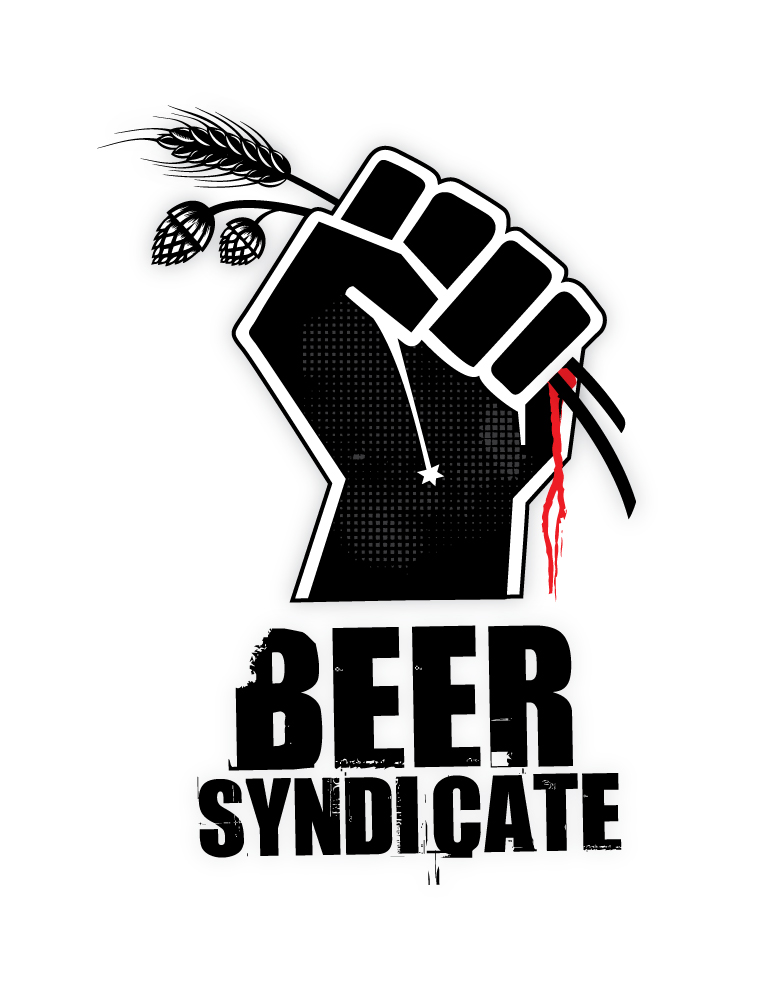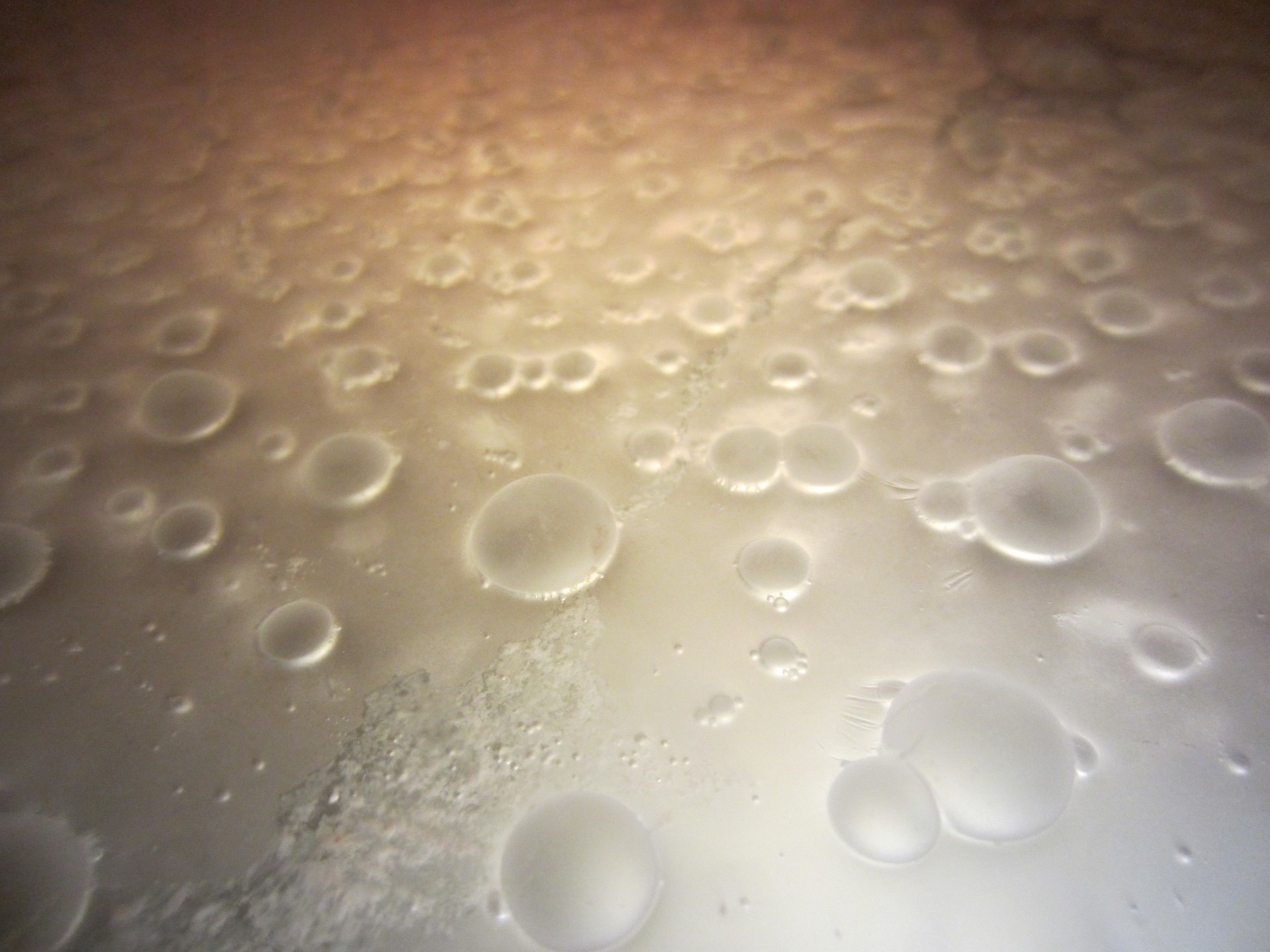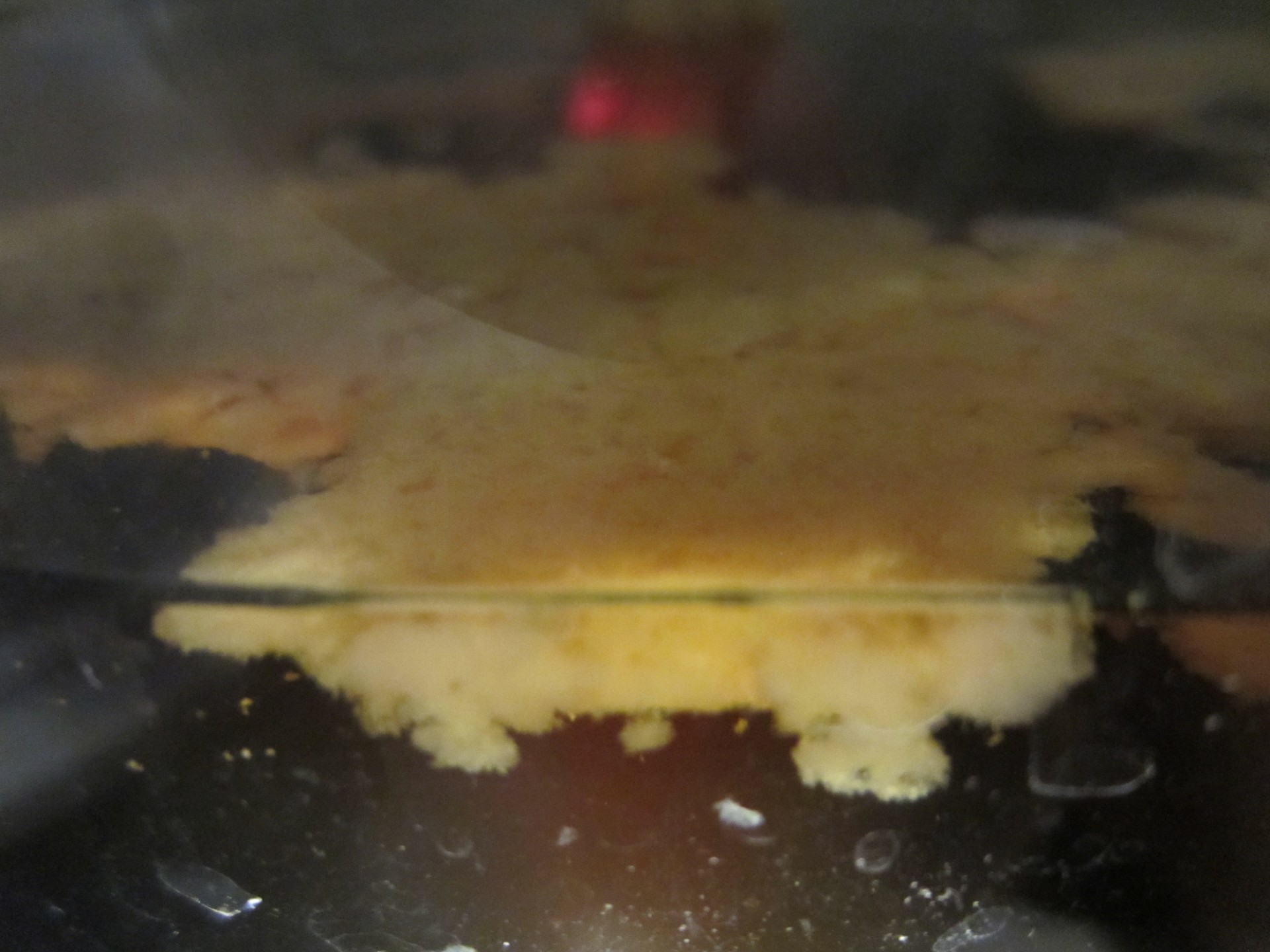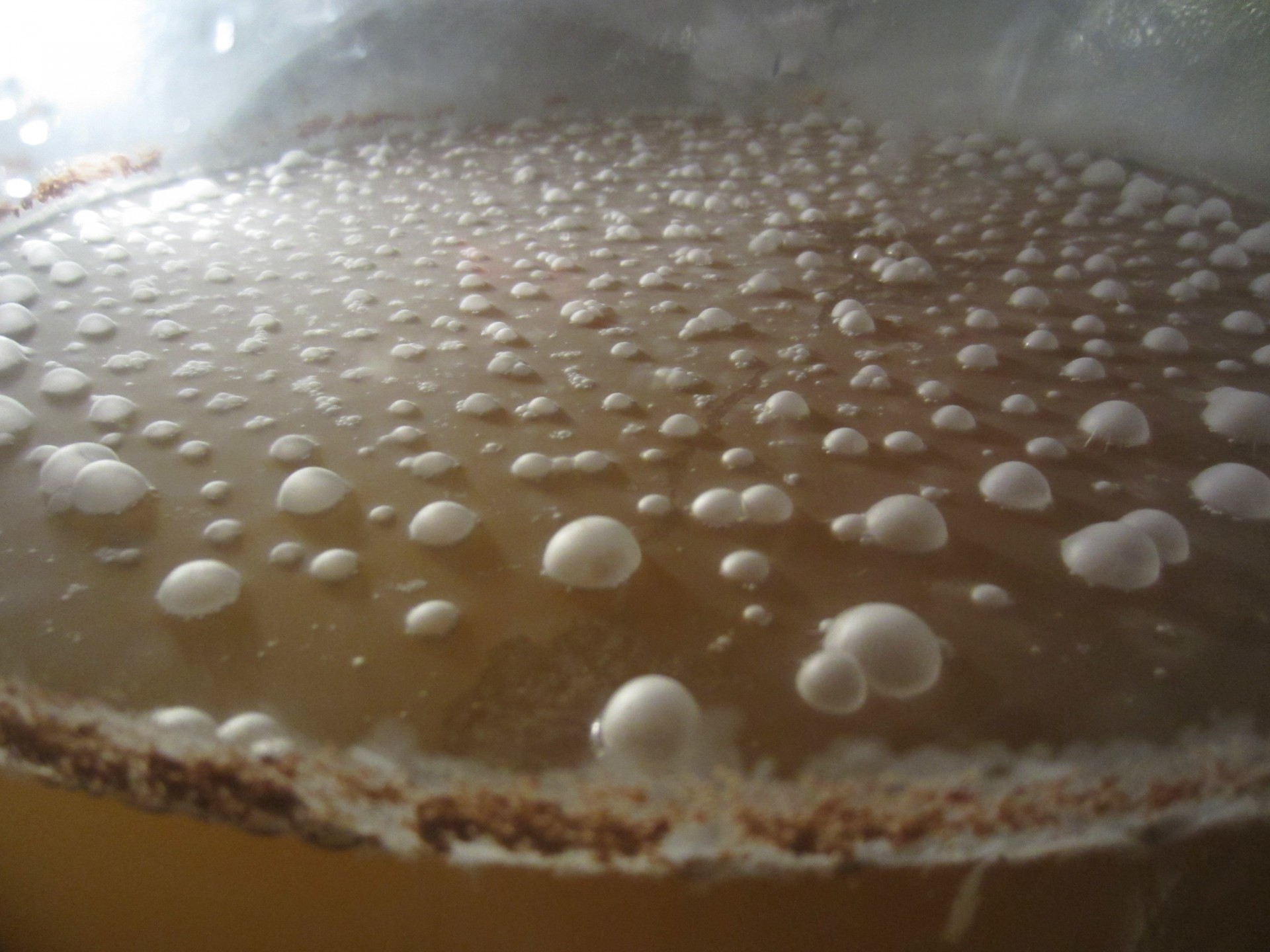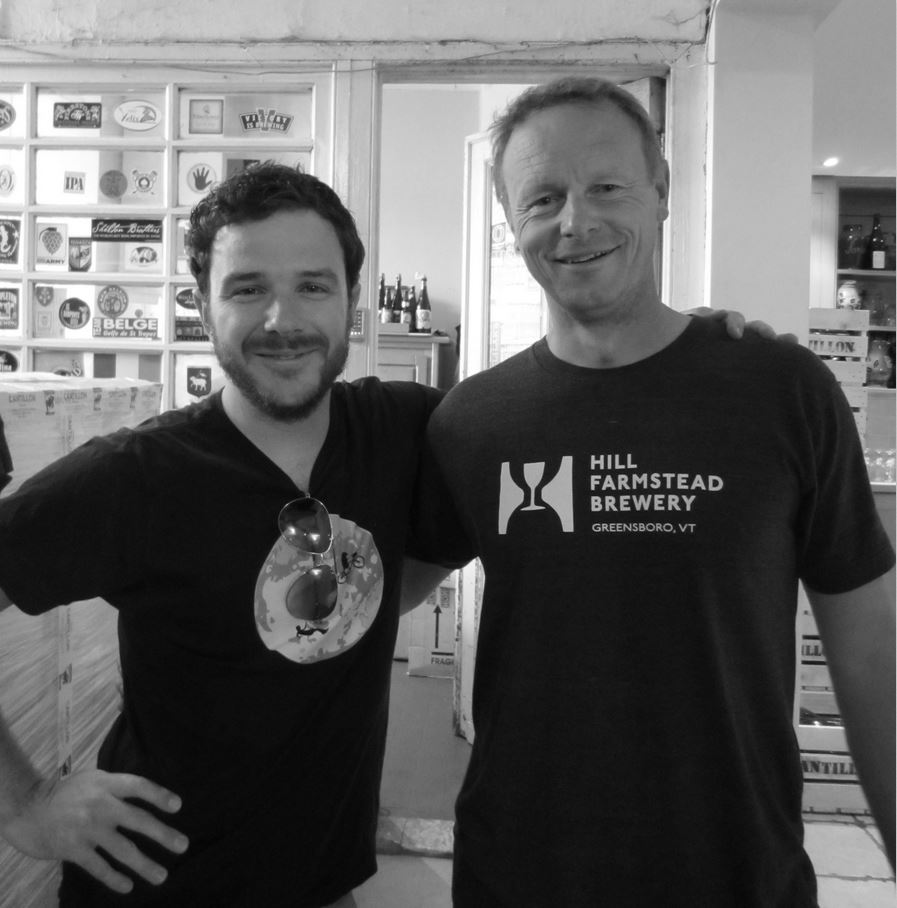[Read part one of this article, How to Save a Bad Batch of Homebrew- Part 1, and learn how to save an “infected” beer.]
What to Do With a Stuck Brew
I was enjoying a pint of beer and chatting with a commercial brewer when the topic of stuck fermentation came up. (By the way, a stuck or stalled fermentation refers to beer that does not fully attenuate to the targeted final gravity for some yeast-related reason.)
Turns out this brewery was sitting on a formidable batch of American Barely Wine that hadn’t completely fermented out and as a result was unable to be sold. The brewery had tried all the standard tricks to get the beer un-stuck like pitching more yeast, raising the temperature of the fermentation tank, and other tips mentioned in the article How to Beat the Stuck Fermentation Monster, but nothing was working and they were left facing the very bleak reality of having to dump the entire batch.
And big badass Barley Wines ain’t exactly cheap to make either.
I asked if the brewery in question had ever thought about blending the under-attenuated beer with some other beer they had on stock (or could quickly whip up), to which the brewer replied, “Now there’s an idea.” We also talked about the possibility of pitching a cleaner variety of Brettanomyces (Brett) to break down some of the longer chain dextrin sugar molecules that typical Saccharomyces ale strains do not, thereby lowering the final gravity of the beer into a more palatable range.
Of course there was concern about Brett getting loose in the brew house and infecting other beers because even though Brett is a yeast and not a lactic acid producing bacteria like Lactobacillus or Pediococcus, it is no ordinary yeast and can be noticeable in very small quantities in beer. Not to mention, there were worries about exactly what types of esters and other aromatic characteristics Brett might impart.
Caution be damned: the brew house opted to execute Operation Brett.
Three anxiety-ridden months later, I’m happy to report, the stuck fermentation was no more and the beer in question was flowing on tap and customers were throwing down a premium for a taste of this delicious imperial brew that narrowly escaped the drain. The beer itself wasn’t Brett-funky nor was it cloyingly sweet, but it lacked the pronounced hoppy character you might expect from an American Barley Wine, but by no means was it a drain-pourer.

While some breweries shun potential beer spoilers like Brettanomyces, others like The Lost Abbey embrace it as noted on the plaque above their barrel room which states “In Illa Brettanomyces Nos Fides”, which translates roughly from Latin as “In the Wild Yeast We Believe”.
Now, if you plan on calling Brett to the rescue in the case of a stuck fermentation at the home level, I would consider having at least a separate set of tubing when using Brett to help prevent cross-contamination, but to play it safe, a different set of plastic or vinyl equipment for any Brett or bacteria beer wouldn’t be a terrible idea either.
If working with Brett is a bit out of your comfort zone, you may be able to blend your way out of trouble too. The end goal or every blended beer may be different, but in the case of a stuck fermentation, it is usually to balance your overly sweet beer with a drier beer. It’s up to you whether you want to try and blend in a completely different style of finished beer or simply a more sessionable version of your under-attenuated one, but the key is to blend and measure small incremental amounts of the two (or more) beers together in a separate smaller vessel (like a measuring cup) and then to taste the blend at every incremental addition in order to obtain the proper ratios and desired flavor profile because the final ratio may not be a straight 50-50 blend.
Shandification, Hopification and Coffeefication: Magic Tricks for Meh Beer
Ladies and gentlemen, for my final trick, I will demonstrate how to transform a meh beer into something, potentially, truly spectacular. Of course “meh” beers aren’t necessarily bad per se, but they’re not exactly all that great either, so in some cases, it pays to know a bit of brewer’s magic. In all cases below, we are essentially trying to mask some off-characteristic(s) of a less than stellar beer.
Shandification:
Story time: Back in the summer of 2011, I brewed a Belgian Wit spiced with the typical combo of coriander and bitter Curaçao orange peel, but tweaked it by adding a touch of dried rose buds and Osmanthus flowers (which contribute notes of apricot and peach). The aroma wafting from the fermentor smelled like glorious success, but after sampling the beer post bottle conditioning, let’s just say, Hoegaarden it was not.
Disappointed but not defeated, I thought, it being summer time and all, why not see about turning this brew into a shandy-type thing, i.e. beer mixed with lemonade, or some other citrusy juice— heck, even grapefruit juice would work.
So I picked up a few gallons of quality premixed limeade, filtered out the pulp, dumped a couple gallons of limeade in the bottling bucket, popped the caps on about two gallons of the meh Wit beer, mixed it with the limeade, and bottled again.
I figured there’d be enough yeast in the bottles to ferment the limeade, and I was right. Explosively so.
Three days later, a bottle bomb went off.
Luckily my shandy “exBEERiment” was packaged in closed beer boxes so tiny shards of glass didn’t find their way into my eyeballs, but I learned a valuable lesson that day: don’t add an unknown amount of sugar (in this case from the limeade) to your beer right before bottling.
Once again, I popped the caps off all the bottles, poured all the shandys into a fermentor, and this time I waited a week or two until fermentation was complete before bottling for the third and final time.
The result? Awesomely complex, sour lime shandy. Off flavors? None detected. Was the acidity in the limeade too much for the yeast to ferment or was there too little yeast from the bottles to do the job? No and no. Was oxidation a problem from all of the pouring and refermenting? Well, I found a bottle of this brew in the back of one of my beer refrigerators four years later, and, drum roll please… it was even better than I remembered with no telltale signs of cardboard, apple juice, sherry or any other descriptor commonly used to describe old oxidized beer. [Side note: I also experimented— sorry, exBEERimented— by refermenting the beer with raspberry (pink) lemonade, but the limeade shandy was far superior.]
Will this trick work with all styles of beer? Maybe, maybe not.
So here’s another idea.
Hopification:
You may have heard of Vinnie Cilurzo of Russian River Brewing Co. who’s credited with inventing the style of beer known as Double IPA. True story: when Vinnie was brewing at the Blind Pig brewery prior to Russian River, he used to add copious amounts of hops to the brew in order to cover up possible off flavors that came from brewing with rather old brewing equipment. And thus the Double IPA was born.
You can probably tell where this is going.
Yep, why not try hopifing your meh beer by laying down a dry-hop carpet bomb of your favorite hop combo. Simply call your redo-brew a hopped up, or “West Coast”, version of a fill-in-the-blank beer and legions of hop-obsessed super fans suffering from alpha acid numb-tongue will thank you.
If you want to follow in the footsteps of Russian River’s Pliny the Elder dry hop schedule, try something like this (based on a 5 gallon net batch):
Measure out .25 ounces of Columbus, Centennial, and Simcoe for a total of .75 ounces, dry hop for 7-9 days, and then add a second round of the same amount and combination of hops for 5 more days.
Coffeefication:
Coffeefication is similar to hopification in that you’re simply adding some amount of coffee (beans, grounds, or cold pressed coffee) to your less than great beer. Conveniently, you can add coffee to almost any style of beer, but usually less coffee is needed in lighter colored beers. Dry hopping with coffee beans (ground or whole) or adding cold brewed coffee to the beer will work, although some brewers prefer dry hopping with coffee beans so as not to dilute the beer with already brewed coffee.
Not all coffee is the same, for example some coffee is more fruity, roasty, or chocolaty than others, so choose a kind that you think will mesh well with your beer.
If dry hopping with coffee grounds or beans, figure 1-2 ounces per gallon of beer for darker beers, and .5-1 ounce for lighter beers for 48 hours (older beans work better to reduce the capsicum character). These amounts are general guidelines as brewers have reported success adding a wide range of differing amounts of coffee beans/grounds to their beer, so fortunately you have a wide margin of error here. On a side note, adding coffee beans to beer often has little impact to the color. This may add some extra wow-factor to a light colored coffee beer.
For adding cold pressed coffee to a darker beer, a ratio of 12-32 ounces of cold pressed coffee per gallon of beer is a good rule of thumb. Of course, when adding cold pressed coffee to beer, it’s best to pull a sample of your existing beer, and slowly add pre-measured amounts of coffee to the beer to better determine the ratio that best suits your taste for the particular style.
As always, no matter what style of beer you’re brewing, it’s best to rely on solid brewing practices like these so that you don’t need to resort to brewer’s magic. Not to mention, even the most potent brewer’s magic may not be able to save you from the foulest of brewing abominations.
Nevertheless, the history of beer is replete with tales of happy accidents and certainly a little bit of brewer’s magic played a part in at least a few of the amazing beer styles available today.
So with that I say cheers to the underdog brewers who had the audacity not to dump and were handsomely rewarded with something truly sublime.
And cheers to those who tried anyways.
Like this blog? Well, thanks- you’re far too kind.
Tweet-worthy? That would be very kind of you: Tweet
Want to read more beer inspired thoughts? Come back any time, friend us on Facebook, or follow us on Twitter:
Or feel free to drop me a line at: dan@beersyndicate.com
Hi, I’m Dan: Beer Editor for Beer Syndicate, Beer and Drinking Blogger, Gold Medal-Winning Homebrewer, Beer Reviewer, AHA Member, Beer Judge, Shameless Beer Promoter, and Beer Traveler. Interests? Beer.

